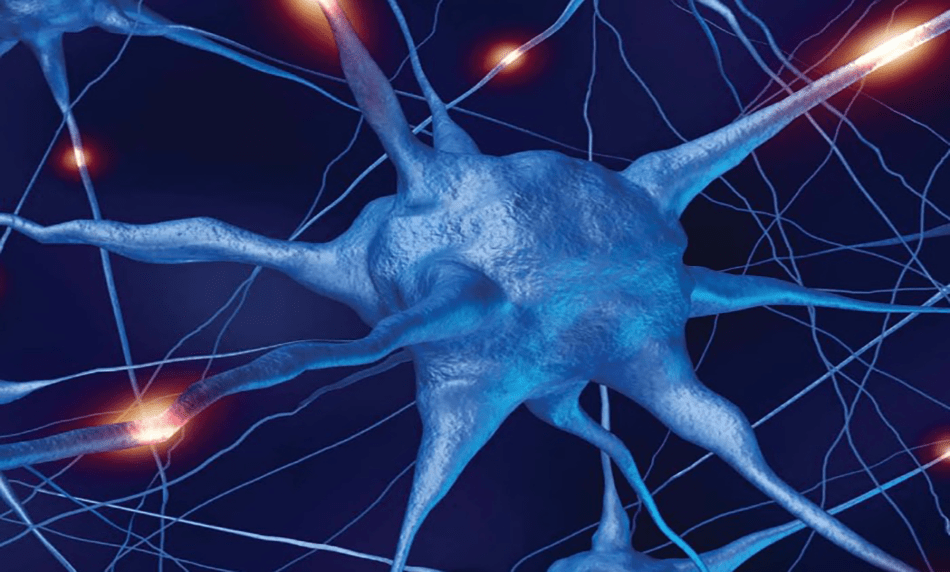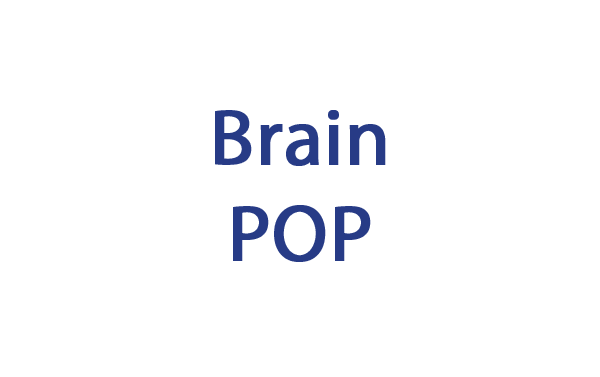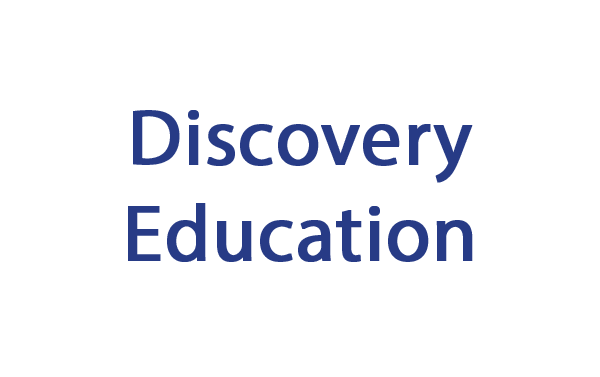

Children will:
The big idea
Why do we come to school? Yes, we get to see our friends, try new things and have fun, but whilst we’re doing all of this we’re also learning. But have you ever stopped to think about how we learn? Well think no more, because our learning in this unit will be all about learning!
We’ll be finding out:
In this BrainPOP movie, Tim and Moby introduce the most complex thing you own: your brain. Discover what the size of a brain has to do with intelligence, how much the average brain weighs, what the brain is made of, and what actions and bodily functions the brain controls. You’ll also learn what percentage of oxygen you breathe is used by your brain, the three basic parts of the brain, and what it means when someone says they are left- or right-brained. Plus, find out some other cool things, like which part works as the brain’s switchboard and which part makes you stop eating and tells you that you’re full!
Tim and Moby will show you what makes neurons so different from other kinds of cells. You’ll learn about why neurons need to be shaped the way they are, and how they connect up with other neurons to form your nervous system! Get acquainted with the anatomy of a neuron, so you can tell a myelin sheath from a dendrite. You’ll also discover what the three main kinds of neuron are, and where you might find each.
In this BrainPOP movie, Tim and Moby teach you all about sleep and why we need it! You’ll learn exactly how your body rests during sleep, and what your brain does, too. Find out what would happen if you didn’t sleep for a day or many days - it’s not a pretty picture! Plus, you’ll discover the cycles that happen during sleep, some different theories on the development of dreams, and what we know about sleep in other animals.
In this BrainPOP movie, Tim and Moby teach you how to set goals that are specific, time-bound, and attainable. Learn how to plan out benchmarks and mini-goals to create a path to success. Discover the importance of creating a reasonable schedule you can stick to. And explore special techniques like the SMART system that you can use to take your goal-setting to the next level.
See more relevant resources on BrainPop
How are food and water absorbed into the bloodstream? How do exercise, food and drink affect health? Videos, activities, printable resources and fact files will help children to learn how the body grows, functions and stays healthy.
How are food and water absorbed into the bloodstream? How do exercise, food and drink affect health? Videos, activities, printable resources and fact files will help children to learn how the body grows, functions and stays healthy.
Learn how to keep the body and mind healthy with a variety of videos, activities and pictures.
Videos, activities and fact files about our bones, skeletons, muscles, the organs of the body and exercise.
A vast library of videos, activities and learning tools that encourage the exploration of topics such as healthy eating, growing up, keeping fit and feelings.
Organisms and environments. Consider how animals and plants adapt and are suited to their habitat. Identify how animals and plants are adapted to suit their environment in different ways and that adaptation may lead to evolution
Create and interpret data displays used in scientific inquiry. Recording data and results of increasing complexity using scientific diagrams and labels, classification keys, tables, scatter graphs, bar and line graphs.
Compare life cycles of mammals, amphibians, insects and birds. Describe the differences in the life cycles of a mammal, an amphibian, an insect and a bird
See more relevant resources on Education City
https://ec1.educationcity.com/content_select/index/8/3/1/5#/
A website to find books and good brainy things such as a gelatine demonstration brain.
www.photovault.com/Link/Health/anatomy/Nervous/HaNVolume01.html
Photovault website provides a range of pictures of the brain.
www.faculty.washington.edu/chudler/neurok.html
The Neuroscience for Kids website. One of the best all-round site for elementary children to go to, with lots of information and games. You can also subscribe to a regular Neuroscience for Kids e-newsletter.
www.brainconnection.positscience.com
Brain Connection website is a general site for adults and teachers.
The Serendip website features a selection of articles and papers about the brain and learning, aimed at adults.
The Franklin Institute’s website has brain information for children and teachers.
www.atozteacherstuff.com/stuff/brain.shtml
A website which describes teachers’ attempts to introduce brain-related ideas into classrooms.
http://faculty.washington.edu/chudler/neurok.html
Neuroscience for Kids website containing information, games and activities for children
Ted Talk: After watching this, your brain will not be the same
Ted Talk: The most important lessons from 83,000 brain scans






